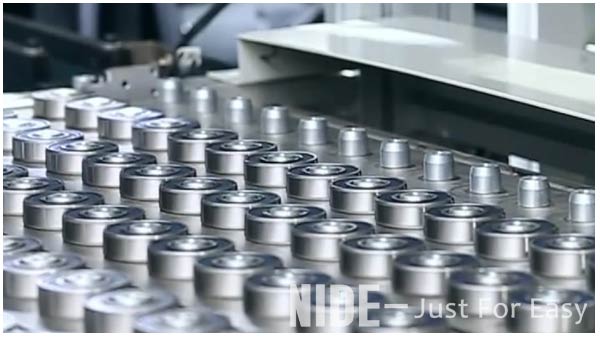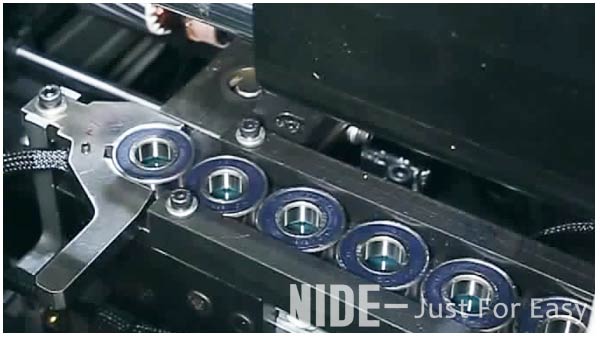
1.Bearing noise
The motor should always check the bearing during motor operation, and if there is bearing noise, it should be handled in time.
The monitoring method for the bearing noise is as follows: one end of the screwdriver is placed against the bearing mounting portion,
and the other end is close to the ear, and the bearing running sound can be heard. If the bearing is running normally,
its sound is continuous and small "sand" sound, there will be no change in height and friction and metal friction.
If the following sounds occur, it is abnormal:
(1) There is a "beep" sound when the bearing is running. This is the metal friction sound, which is generally caused by the lack of oil in the bearing.
The bearing should be disassembled and filled with a proper amount of grease.
(2) If there is a "beep" sound, this is the sound that is emitted when the ball rotates. Generally, it is caused by dry grease or lack of oil.
It can be filled with proper amount of grease.
(3) If there is a "snake" sound or a "click" sound, it is the sound generated by the irregular movement of the balls in the bearing.
This is caused by the damage of the balls in the bearing or the long-term use of the motor, and the grease is dry.
2. Bearing temperature
Excessive bearing temperatures can also cause motor failure. The motor bearing stipulates that the maximum temperature
of the rolling bearing does not exceed 95 °C, and the maximum temperature of the sliding bearing does not exceed 80 °C.
And the temperature rise does not exceed 55 ° C (temperature rise is the bearing temperature minus the ambient temperature at the test).
During the inspection, the staff should touch the motor casing and the surrounding part of the bearing with your hand.
If the temperature around the bearing is too high, the bearing may be damaged or lack of oil.
It is recommended to add a proper amount of grease or replace the bearing.
